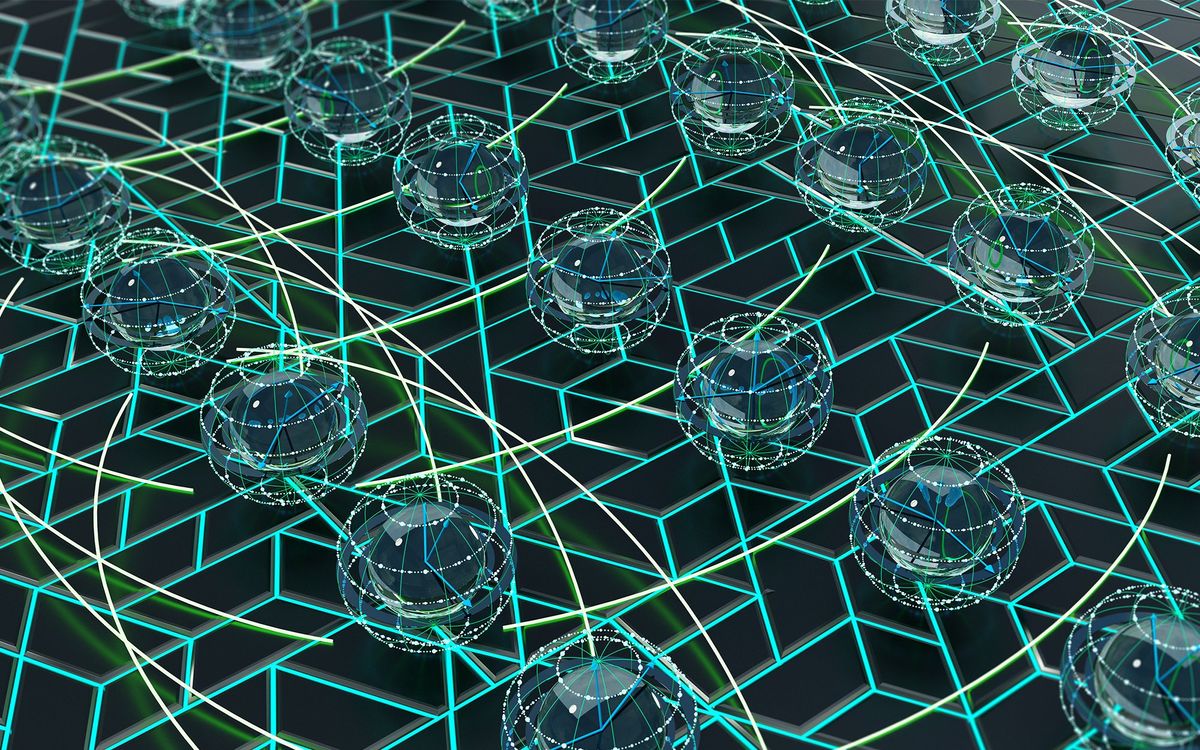Quantum communication transmission rates have long been limited by the “dead time” inherent to the single-photon detectors used in the field. Now, researchers at LG Electronics in South Korea have unveiled a new protocol that promises to improve transmission rates, as well as heighten transmission security.
The novel protocol, described in a paper published 9 January in the journal Nature,introduces techniques designed to overcome the limitations imposed by the dead time and channel loss of single-photon detectors. Single-photon detectors are crucial elements in quantum secure direct communication (QSDC) for enabling the detection of individual photons without compromising their quantum states, allowing secure communication between parties.
QSDC leverages the unique properties of quantum mechanics to create a secure and direct communication channel between two parties. The key advantage of QSDC is that any attempt to eavesdrop on the quantum communication is detectable, providing a high level of security.
However, the practical implementation of QSDC has been hindered by its restricted transmission rates caused by the dead time of single-photon detectors.
Even the most advanced single-photon detectors, such as the superconducting nanowire single-photon detector, with its minimal dead time, still imposes limitations. This restricts the transmission rate of QSDC, according to Byungkyu Ahn, senior researcher at LG and lead author of the new study.
Two Quantum States Improve Performance
To confront these challenges head on, the research team introduced a new single-photon-based QSDC protocol. This approach leverages two optical degrees of freedom—time state and phase state—to encode information in quantum states. The phase state is used for the quantum bit error rate estimation to determine the existence of an eavesdropper in the quantum channel. The time state is used for two purposes: quantum bit error rate estimation and message transmission.
Previous protocols employed only one quantum state. While the phase state is characterized by lower measurement efficiency, it is employed in the new protocol solely for eavesdropping detection. The time state is a more efficient quantum state and takes center stage in this protocol for message transmission by utilizing novel encoding techniques based on differential delay-time bins.
The existing QSDC protocol—known as DL04—was limited to transmitting 1 bit of information through the transmission of a single quantum state, according to Ahn. In this DL04 protocol, there is a transmission rate limit caused by the interval required for detection between signals, called the dead time of the detector.
The QSDC protocol proposed by the LG researchers transmits multiple bits of information in a quantum state expressed as a single photon by transmitting multiple bits of information through the transmission of a single quantum state, according to Ahn.
The new protocol does not require processes such as the use of quantum memory, application of a two-way structure, low detection efficiency, and checking for the presence of eavesdroppers like the DL04 protocol. These are all aspects of the DL04 protocol that reduce transmission efficiency.
“The results indicate a substantial improvement in both security and transmission rates, positioning our protocol as a promising advancement in quantum communication.”
—Byungkyu Ahn, LG Electronics
“Through our proposed protocol, we aim to minimize measurement loss during the transmission of quantum information, paving the way for significantly enhanced transmission rates,” noted Ahn.
The researchers put the proposed protocol under rigorous security analysis against various potential attacks. Through simulations, the researchers verified that the transmission rate improved significantlycompared to DL04 QSDC, highlighting the protocol’s potential to offer better security and higher transmission rates.
“Our study not only proposes a novel protocol but also puts it to the test through thorough security analysis and simulations,” says Ahn. “The results indicate a substantial improvement in both security and transmission rates, positioning our protocol as a promising advancement in quantum communication.”
While the researchers acknowledge that their protocol is an extension of the existing DL04 rather than a complete alternative, it introduces a groundbreaking approach to overcome the limitations of the DL04. “It represents a natural progression in the quest for improved quantum-communication methods,” explains Ahn.
“Our protocol doesn’t eliminate the dead time of detectors but ingeniously works around it,” adds Ahn. “Instead of transmitting just 1 bit of information per quantum state, we’ve demonstrated the ability to securely transmit multiple bits, significantly increasing the transmission rate even within the limitations imposed by detector dead time.”
By using the phase state and time state encoding technique they have developed, the LG researchers believe they have struck upon a promising approach for enhancing the efficiency and security of data transmission in practical communication environments, such as in wireless channels where environmental turbulence can disrupt communications.
- New Photon Polarizer Lights Way to Quantum Communications ›
- Quantum Communication at Room Temperature ›
- Scientists Explore Underwater Quantum Links for Submarines - IEEE Spectrum ›
Dexter Johnson is a contributing editor at IEEE Spectrum, with a focus on nanotechnology.



